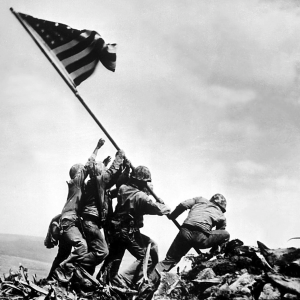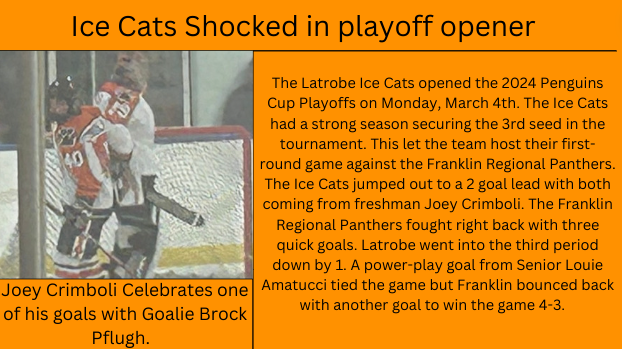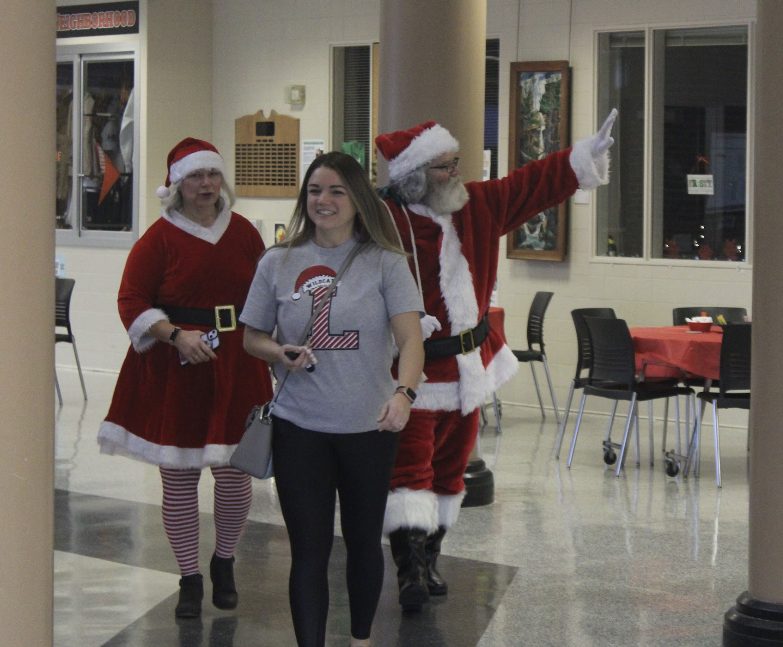At long last the school year is drawing to a close and as the last month of school approaches, it seems that many teachers are taking advantage of the use of projects to help kids learn the final concepts of the year in a different and more fun way. Probably the best part for students is the change of pace, something different than the monotonous lectures that seem to drag out over the course of the year. Mr. Ferraro has had his students present projects on countries in WWII for the past fourteen years.
The project consisted of several different objectives for each of the countries U.S., Great Britain, Germany, Italy, Japan, and U.S.S.R. (Soviet Union). Students needed to find information for their country like the population before and/or after the war, casualties, the outcome of the war, impact on the country etc. The information was then compiled into various mediums including power points, posters, tri-folds, artifacts, and even songs or poems. Each group displayed the information for the rest of the class “show-and-tell” style.
Sophomore, Ajay Padmanabha who presented Japan to his class prefers projects over teaching. “The classroom setting is tedious and wears away at a student who doesn’t like listening to someone talk for extended periods of time,” he said. His group showcased their information through the use of posters, powerpoints, and cupcakes. Chelsea Wilson, also a sophomore, enjoyed the projects as well. Wilson and her group members represented Great Britain for the class. She said she liked doing the projects because “It was really interesting to learn about it in a way that was fun for us.”
Mr. Ferraro has his own reasons for teaching like this. “ I do the projects because I hope it engages the students in various ways,” he said. Mr. Ferraro wants the students to be able to experience different aspects of learning like researching, creating, presenting, and working in groups. “They’re responsible for the information, they’re responsible for the teaching of it.” This responsibility, he hopes, will allow the students to better learn their topics. Ferraro referenced a paper pinned behind his desk that proclaimed people learn 10% of what they read, 20% of what they hear, 30% of what they see, 50% of what they see and hear, 70% of what they talk about with others, 80% of what they experience personally, and 95% of what they teach others. He believes that the project touches on many of these areas which is great for the students learning the material. “If you lectured, or power pointed, or used a worksheet, you’d lose how many students? So I was hoping that this brought it to life and made it more interesting,” Ferraro said.
Ferraro thinks the projects benefits students as opposed to conventional teaching methods because it’s more engaging and there’s a lot more responsibility on the student. It allows students to express the information in a creative way, an opportunity that doesn’t often present itself in History classes. Padmanabha felt he benefitted from the projects very much saying, “ You learn things from an interesting perspective when you research for yourself.”
Mr. Ferraro definitely plans to continue the projects in the future, hoping to make them more thorough so students glean as much knowledge as possible about the countries in WWII. Undoubtedly future students will continue to appreciate and enjoy the break from the mundane rhythm of school for as long as the projects are around.







